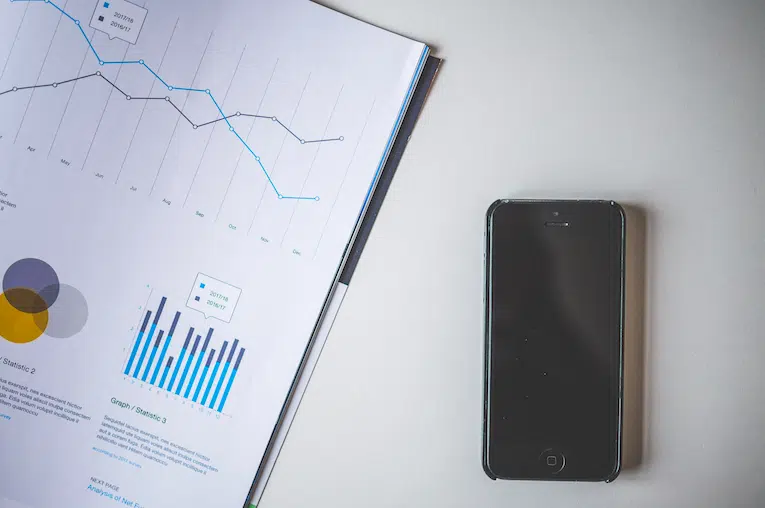How To Process Focus Group Feedback In A Way That Gives Your Nonprofit Actionable Insights




Let’s say you’ve taken the important step of hosting a focus group for your nonprofit. You know how important it is to listen to your constituents, supporters, and donors, and you’re excited to dive into the results. But how do you go about analyzing their feedback once you have it?
Here are some useful tips to get the most from your findings.
A focus group will likely have both written and recorded data. The first step to understanding and analyzing your findings will be to organize this data in a way that’s easy to understand. To do that, you’ll need to transcribe your results.
Luckily, taking text from an audio file has never been easier. Whether you’ve collected the audio over a video call, traditional phone conversation, or a recording of an in-person event, you have numerous transcription options.
Here are just a few of the apps you can use to transcribe your files:
It’s worth mentioning that the A.I. transcripts are never one hundred percent accurate. You’ll still need to go through and edit these transcripts after you receive the files. However, the app does a large portion of the heavy lifting for you, which makes it a valuable investment and useful tool.
Zoom has become a great place to conduct virtual focus groups. Even better, it’s relatively simple to get your audio turned into text.
Here’s how you can do that:
You don’t need an expensive scanner or photocopier to get the text off of notes you took on paper. Simply take a photo and use Google to highlight and copy anything in the image.
To do this, log into your Google account on any laptop browser and open the photo you want to use. Double click or tap on it, and it will give you the option to copy the text. Then paste it into the document you’re using to compile these notes.
If you’re using an Android phone or tablet, find the photo with text then double-click on it to expand. Click “copy text from image” from the pop-up suggestion. This should appear when Google Lens identifies text. Then, as I mentioned above, paste it into the document you’re using to compile these notes.
Take notes as you go along.
Make as many notes as possible on your first read through. This will help identify patterns in the results as they emerge. This is easier with a fresh inquisitive eye because pretty soon you’ll be neck deep in the detail!
When taking notes, it may be helpful to start with bullet points. Write down the feedback that seems most interesting, surprising, encouraging, and useful.
Go back to your goals.
Why did you conduct this focus group in the first place? After taking high-level notes, look at what information you were hoping to get out of this group and separate your findings into the appropriate categories so it’ll be easier for others to read and digest the information.
When you understand what information you’ve collected, you can start taking action based on what you’ve found.
Look for a narrative.
Looking for a narrative can be a great way to break through the information. It’s like trying to work out the story at the heart of the findings. Uncovering a narrative structure gives sign posts to some of the broader conclusions.
Ask others to go through the data with you.
Getting a few eyes on the data will help evaluate your own findings. This is especially true when identifying cultural or social blind spots.
For example, if you set out with preconceptions that the new branding is great or the fundraising event was a fantastic idea, then confirmation bias will be waiting in the wings to imperceptibly warp your impartiality. You’ll find what you want to find, while failing to see other important information.
You don’t want your narrative to be one you’ve imposed upon the results. Ask for additional eyes and see what their main takeaways are.
Recognize when you need more data.
It’s possible to have a very successful focus group and run a great donor feedback survey and still not end up with all of the data you’re hoping to collect.
That doesn’t mean those efforts were wasted, however; many positive things can come from engaging with donors, supporters, or members of your community. You’ll be raising your public profile, demonstrating a professional capacity to listen, and letting your support base or clients be heard.
It takes valuable time to conduct these focus groups and analyze the results. Take these steps when analyzing your findings and you’ll end up using that time wisely and be ready to take action based on the results.


Comments